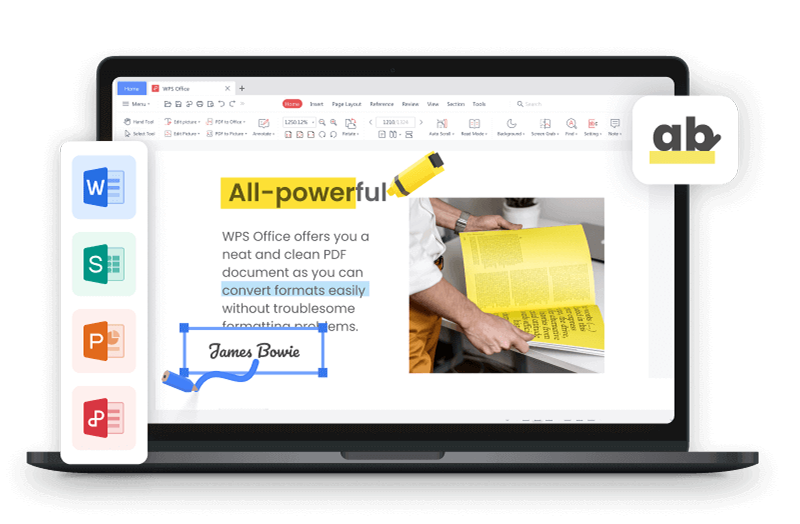Python is one of the most widely-used programming languages in the world, powering everything from automation scripts to data analysis, web development, and AI applications. But for many beginners, the installation process can be tricky particularly when it comes to picking the right installer, setting environment variables, or running Python from the command line.
But let’s not overcomplicate it. Like any solid setup, it all starts with getting the basics right. So before you click through the installer hoping for the best, let’s go through how to install Python on Windows properly, step by step and with zero confusion.
How to Install Python on Windows via Official Installer
When setting up Python on a Windows machine, I’ve found that using the official installer is by far the most reliable way to get everything working properly. I’ve installed it across multiple systems over the years, and in my experience, this method avoids the usual headaches like missing components or broken PATH settings. It’s a clean, consistent process that gets Python and its essential tools up and running without the guesswork.
Step 1: Head over to the official Python website and click the “Downloads” tab. From the dropdown menu, click on “Python 3.13.3” to download Python for Windows.
Note: If you’re using Windows 10, make sure to download the correct version of the Python installer Windows 10 supports, either 32-bit or 64-bit depending on your system.
Step 2: Double-click the downloaded installer to open it. At the bottom of the window, check the box that says “Add python.exe to PATH” before proceeding with the installation.
Step 3: Click on the “Install Now” button to begin the setup. This will install Python using the recommended settings, including essential tools like pip and IDLE.
Step 4: Click on the “Close” button when the installation completes. This confirms that Python has been successfully installed on your Windows system and is ready to use.
This method uses the official Python installer, which makes the whole setup process smooth and beginner-friendly. It includes everything you need: Python itself, pip, and IDLE without requiring any extra configuration. I’ve used it on multiple machines, and it’s always worked without a hitch. If things still don’t run right afterward, it usually points to a PATH issue or missing environment setup, which we’ll cover next.
How to Verify Python Installation on Windows
Verifying the Python installation is something I never skip, no matter how many times I’ve done it. It only takes a few seconds, but it saves a lot of time down the road especially if pip isn’t working or the terminal says Python isn’t recognized. In my experience, running a quick check through the Command Prompt is a simple part of learning how to install Python on Windows the right way and making sure everything’s ready to go.
Step 1: Start by using the search bar to find "Command Prompt", and then click on the "Run as Administrator" option to open Command Prompt with administrative privileges.
Step 2: Type the following command to check the installed Python version, then press Enter:
python --version
Step 3: Type the following command to check if pip is installed, then press Enter:
pip --version
Step 4: Type the following command to launch the Python shell, then press Enter:
python
Running this step helps make sure Python is properly linked to your system. Many people assume it’s fine, but one missed checkbox can break everything. If Python or pip isn’t working in the terminal, you probably need to set up Python PATH in Windows. Catching it now prevents a lot of frustration later on.
How to Install Python on Windows with Environment Variables and IDE
When Python seems to install fine but won’t run in the terminal or inside your editor, it’s usually a sign that something’s off with your environment setup. I’ve run into this more than once, particularly when installing Python on a fresh machine. Setting the PATH manually and linking the interpreter inside an IDE like VS Code has always helped me get things working properly.
Step 1: Open the Start menu, search for “Environment Variables” and click on it. This opens a new window where you can view and edit system-wide or user-specific paths.
Step 2: In the System Properties window, look toward the bottom and click on the “Environment Variables...” button. This opens a new panel where you can view and edit both user and system environment variables.
Step 3: Under the “System variables” section, scroll through the list and select the one named “Path” then click “Edit”. Here, you’ll see all the folders currently included in your system’s executable path.
Step 4: In the Edit Environment Variable window, click “New” and add the folder path where Python was installed. This is usually something like C:\Program Files\Python311\ or C:\Program Files\Python311\Scripts\.
Step 5: Download and install a code editor like PyCharm. It gives you a dedicated space to write, run, and manage your Python projects more easily.
Step 6: After opening PyCharm, you’ll be asked to choose any additional plugins. These add extra features to it, but if you’re just getting started, you can skip them for now.
Step 7: Once you’re in the main interface, click on “Create New Project” to create a new Python project. This will open a workspace where you can start writing and testing code.
Step 8: In the project window, right-click the project folder, go to “New” and select “File”. Give your file a name so you can start adding code to it.
Step 9: Inside the new Python file, type a simple line like print("Hello, PyCharm!"). This is a quick way to test that everything is connected and running correctly.
Running this final check confirms that Python and pip are both working as expected. A lot of people skip this part, assuming the install went fine but if something’s off, this is where you’ll catch it. If the terminal doesn’t recognize Python, or pip commands aren’t working, it usually means the PATH wasn’t set correctly. Taking a minute here can save you a lot of confusion later.
Organize Python Scripts and Notes with WPS Office
After setting up Python, things felt ready to go but keeping track of everything wasn’t as easy. I’ve been in that spot, bouncing between command prompts, install guides, and scattered notes, only to lose track of what I actually did. The small gaps show up fast like forgetting if pip was added to PATH or which version was installed. I started jotting things down to avoid repeating the same fixes. That’s when I came across WPS Office. It let me keep everything in one place: steps, settings, and notes. No more relying on memory for every small detail, and it helped me stay focused on writing code instead of retracing my setup.
Beyond simple note-taking, WPS Office can do a lot more if you're just getting started with Python on Windows. You can use the Writer app to document each installation step, paste in error messages with their fixes, or keep track of the packages you’ve installed. The spreadsheet tool works well for setting learning goals or maintaining a checklist of Python topics. You can even export your setup notes as PDFs for easy reference or sharing, and with WPS Office’s built-in sharing options, distributing those files becomes even easier.
To make sure your progress stays on track, WPS Cloud lets you save your work online and access it from any device; Windows, macOS, Linux, Android, or iOS. So no matter where you are or what you’re using, your notes, scripts, and checklists are always within reach.
Let’s take a look at some of the key features WPS Office has to offer, and how you can benefit from them while getting Python up and running:
WPS Writer: You can also use WPS Writer to draft Python notes or even write your own code tutorials as you learn. It’s a clean space to organize your thoughts, document key steps, and keep everything in one place for future reference.
WPS Spreadsheet: Use it to track errors, log script results, or organize your debugging process. Keeping this information structured helps you spot patterns and makes troubleshooting more efficient.
WPS PDF: Helpful for opening Python docs or guides. You can highlight commands and leave quick notes without switching tools or waiting for things to load.
WPS AI: You can use WPS AI to make sense of code output or errors. It helps explain what your code is doing, summarize results, or even generate quick notes, all without leaving your document. It’s a handy way to stay focused while learning or debugging.
Templates and Multi-Tab Interface: Use templates to quickly set up logs or task sheets, and open multiple documents inone window to switch between code, notes, and plans effortlessly.
After installing Python, I used WPS Office to keep track of the setup process: what version I used, which options I selected, and any issues I ran into. It was also helpful for noting down useful commands or paths I needed later. Everything stayed lightweight, and I didn’t have to deal with pop-ups or tools getting in the way while I worked.
FAQs About Installing Python
1. Do I need to add Python to PATH manually?
Not if you check the “Add Python to PATH” box during installation. Otherwise, yes, you’ll need to add it manually through Environment Variables.
2. What’s the difference between 32-bit and 64-bit Python?
Use 64-bit unless you’re working on a legacy system. It’s faster and better supported.
3. Can I install multiple versions of Python on Windows?
Absolutely. You can manage them using the Python launcher (py) or virtual environments.
4. Is pip installed by default?
Yes, pip is included automatically in versions 3.4 and above.
Stay Organized While Installing Python with WPS Office
Finally understanding how to install Python and get it running on Windows feels like clearing the fog off your screen. Honestly, once the setup is behind you, you’re free to focus on learning, building, and actually enjoying the language. And when it comes to tools that support that journey without tripping you up, having something reliable makes all the difference.
That’s why I always recommend WPS Office. It’s more than just a document tool. It’s your behind-the-scenes organizer. From keeping your install notes in one place to syncing project files across devices, it’s the kind of support you’ll be glad you had while figuring out how to install Python on Windows.




